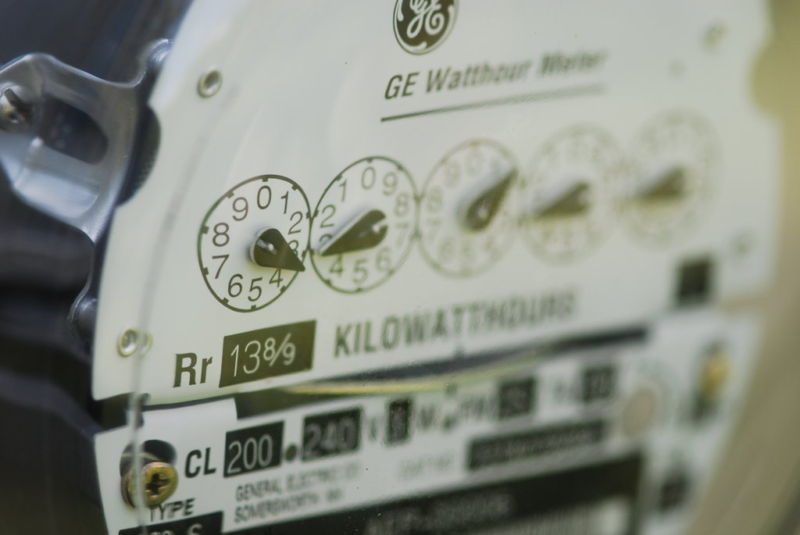Switching apartment metering shocks electricity freeloaders into conservation
Ars Technica » Scientific Method 2017-03-14

Enlarge (credit: flickr user: Neil Lall)
Sometimes a beautiful data set occurs in the wild, begging to be analyzed. When a Swedish housing company decided to switch around half of its apartments so that tenants paid for their electricity, it created a natural, controlled experiment. Three economists—Mikael Elinder, Sebastian Escobar, and Ingel Petré—were all over it.
The data they collected helped to illuminate a somewhat murky question about how people respond to economic incentives. Elinder and his colleagues found that most people didn’t actually change their behavior much, but the top 20 percent of electricity hogs reduced their consumption so much that the total electricity usage across the buildings dropped by 24 percent. The implication is that when electricity was included in rent, the cost of these freeloaders was invisible to them. Once they had to pay for power themselves, it was good for the planet—and for everyone else’s pockets.
Split incentives
When tenants pay their own apartment’s electricity costs, they have an incentive to keep an eye on their energy consumption, but landlords have little incentive to keep their apartments energy-efficient. When electricity is included in rent, it’s the landlords who have an incentive to improve energy efficiency in their apartments, but tenants can use energy with abandon and not have to pay the costs.